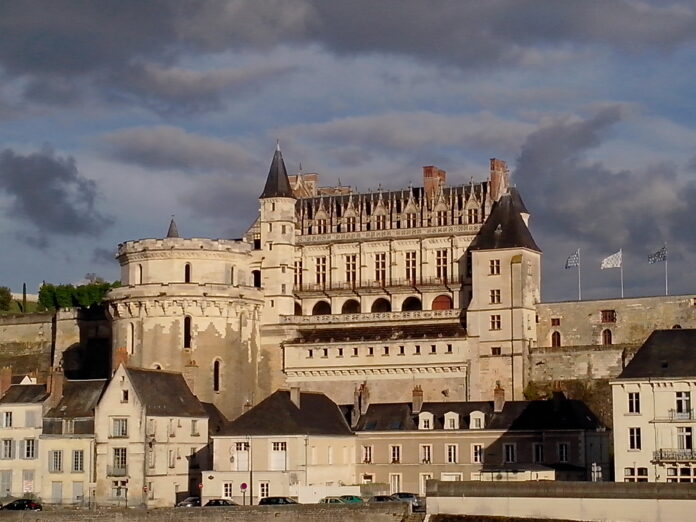Renaissance architecture is a style of architecture that originated in Italy during the 14th to 17th centuries, and which spread to other parts of Europe and beyond. It is characterized by its focus on classical forms and motifs, as well as its emphasis on symmetry and balance. Renaissance buildings often feature grand columns, arched entryways, and ornate details, and are often designed to reflect the values and priorities of the societies that built them. Some of the most famous examples of Renaissance architecture include the Pantheon in Rome, the Duomo in Florence, and the Palazzo Medici in Florence.
This style, which originated in Italy during the 14th to 17th centuries, has long been revered for its beauty, balance, and symmetry.
In recent years, we have seen a surge in the construction of buildings inspired by the Renaissance style. These structures, with their grand columns, arched entryways, and ornate details, are a testament to the enduring appeal of this architectural movement.
But what is it about Renaissance architecture that makes it so enduring? One reason is its focus on classical forms and motifs. The Renaissance was a time of great artistic and intellectual revival, and architects of the period were heavily influenced by the art and literature of ancient Greece and Rome. As a result, Renaissance buildings often incorporate elements such as Corinthian columns, triangular pediments, and frieze decorations.
Another reason for the popularity of Renaissance architecture is its emphasis on symmetry and balance. Renaissance architects believed that these elements were essential for creating a sense of order and harmony in a building. As a result, Renaissance buildings are often characterized by their evenly balanced facades and well-proportioned rooms.
In addition to their aesthetic appeal, Renaissance buildings also reflect the values and priorities of the societies that built them. During the Renaissance, there was a renewed emphasis on education, science, and the arts, and many of the buildings of the period were designed to reflect these values. Universities, libraries, and museums were often constructed in the Renaissance style, with grand reading rooms, auditoriums, and exhibition spaces.
Today, Renaissance architecture continues to inspire architects and designers around the world. From grand public buildings to private homes, the influence of this movement can be seen in the design of structures across a wide range of styles and contexts. Whether it’s the grandeur of the Pantheon in Rome or the symmetry of the White House in Washington D.C., the legacy of Renaissance architecture lives on in the built environment of the 21st century.

